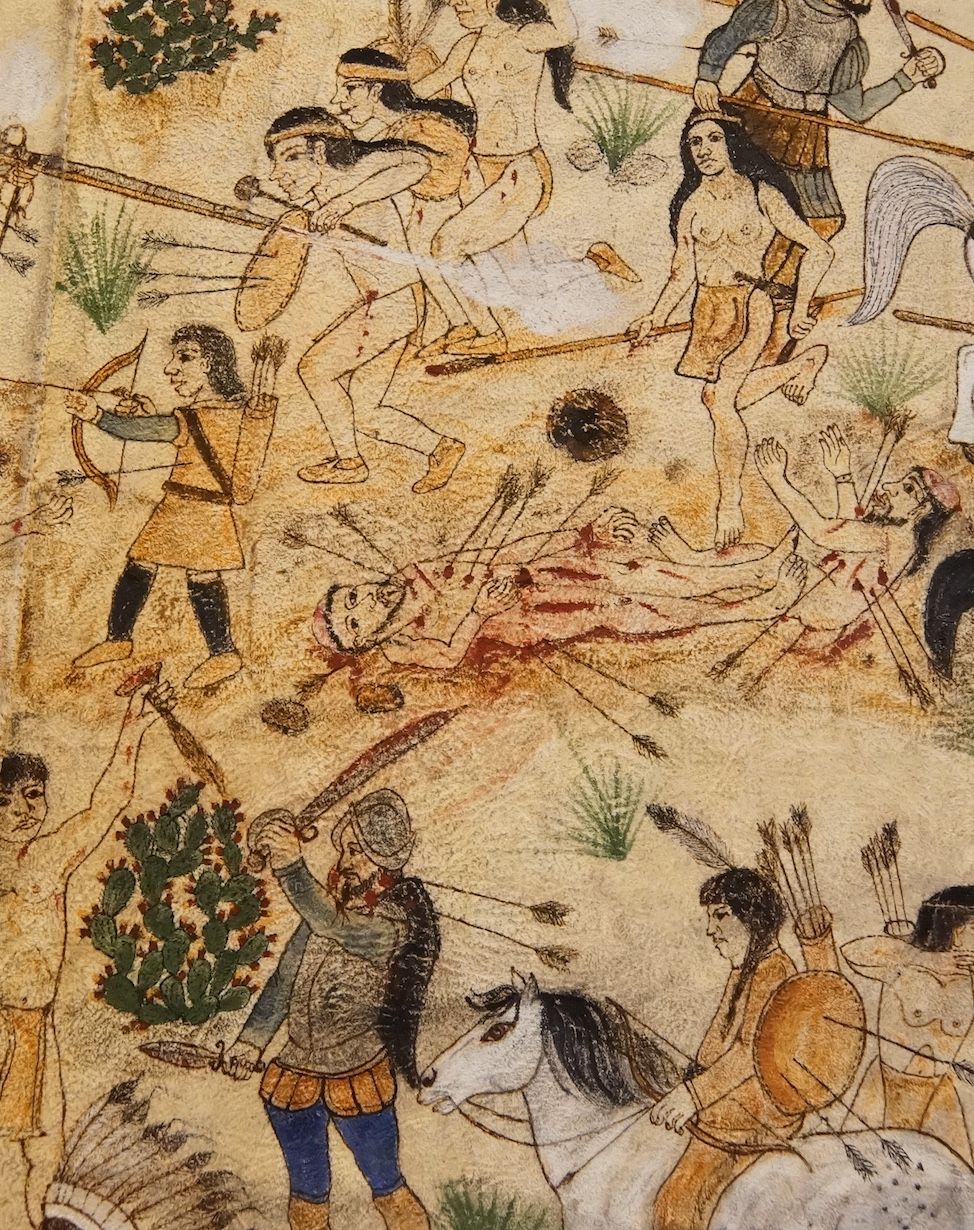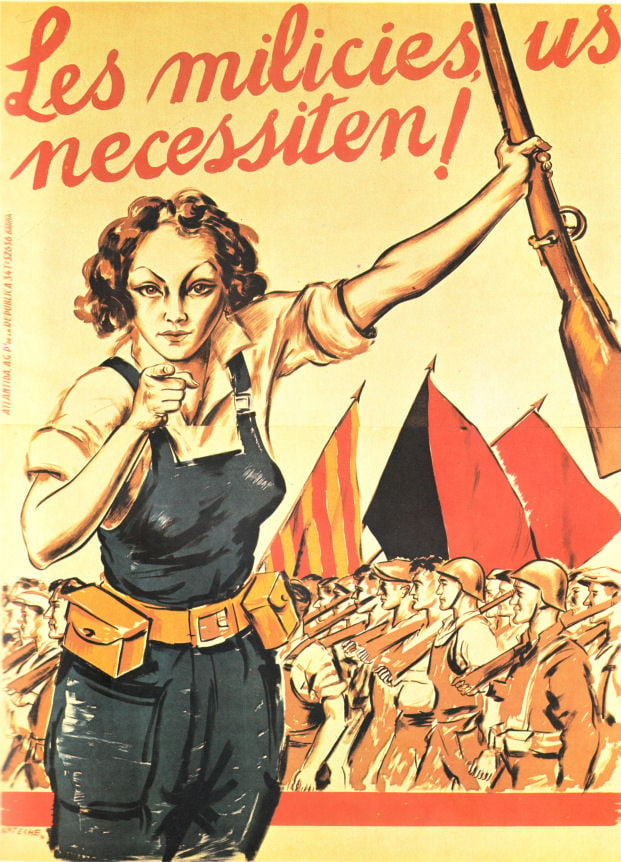- cross-posted to:
- workingclasscalendar
stahmaxffcqankienulh.supabase.co
- cross-posted to:
- workingclasscalendar
Pueblo Revolt (1680)
Sat Aug 10, 1680

Image: Fragment of Un Sueño de Santa Fe, Agosto 1680 by Ramón José López (2013)
On this day in 1680, indigenous Pueblo peoples of present-day New Mexico rose in rebellion against Spanish colonizers in what is now called the “Pueblo Revolt”, driving Spanish settlers out of the area for twelve years.
According to the Indian Pueblo Cultural Center, the Pueblo Revolt of 1680 was the only successful Native uprising against a colonizing power in North America.
Spain first claimed the region in the 16th century, subjecting Puebloans to episodes of colonial violence and displacement. The Spanish demanded payment of heavy tribute from indigenous communities and destroyed ceremonial buildings in an attempt to eradicate indigenous beliefs and impose Christianity.
During the 1670s, conflict intensified as famine put the communities there in direct competition for scarce resources. In one incident, 47 Pueblo medicine men were arrested by Spanish forces in 1675 under charges of “sorcery”.
By 1680, one of the arrested men, Po’Pay, had met with several Pueblo leaders and formed a military alliance. Although Po’Pay is often cited as the leader of the rebellion, it is likely there were several other instrumental organizers who played an important role in its fruition.
The date of a cross-Pueblo revolt was set for August 11th, with time being kept at each Pueblo by untying a knot from a cord everyday until all the knots had been untied. Spanish forces, however, learned of the revolt on August 9th after capturing two messengers from Tesuque. As a result, Po’Pay ordered military action a day early, on August 10th.
Pueblo rebels quickly succeeding in sealing off roads, destroying colonial settlements, and laying siege to the regional capital of Santa Fe.
In total, Puebloans killed 400 Spaniards and drove the remaining 2,000 settlers out of the area. On August 21st, New Mexico governor Antonio de Otermín fled, leading a southward retreat out of the region.
With the Spanish gone, Po’Pay traveled the region, promoting the revival of indigenous beliefs and destroying churches and other symbols of Catholicism in the region. Pueblos largely returned to communal self-governance after the flight of the Spanish.
Spanish colonizers attempted to retake the Pueblos in 1681, 1688, and 1689, finally succeeding in 1692.
- Date: 1680-08-10
- Learn More: indianpueblo.org, en.wikipedia.org, www.thoughtco.com.
- Tags: #Colonialism, #Indigenous.
- Source: www.apeoplescalendar.org

